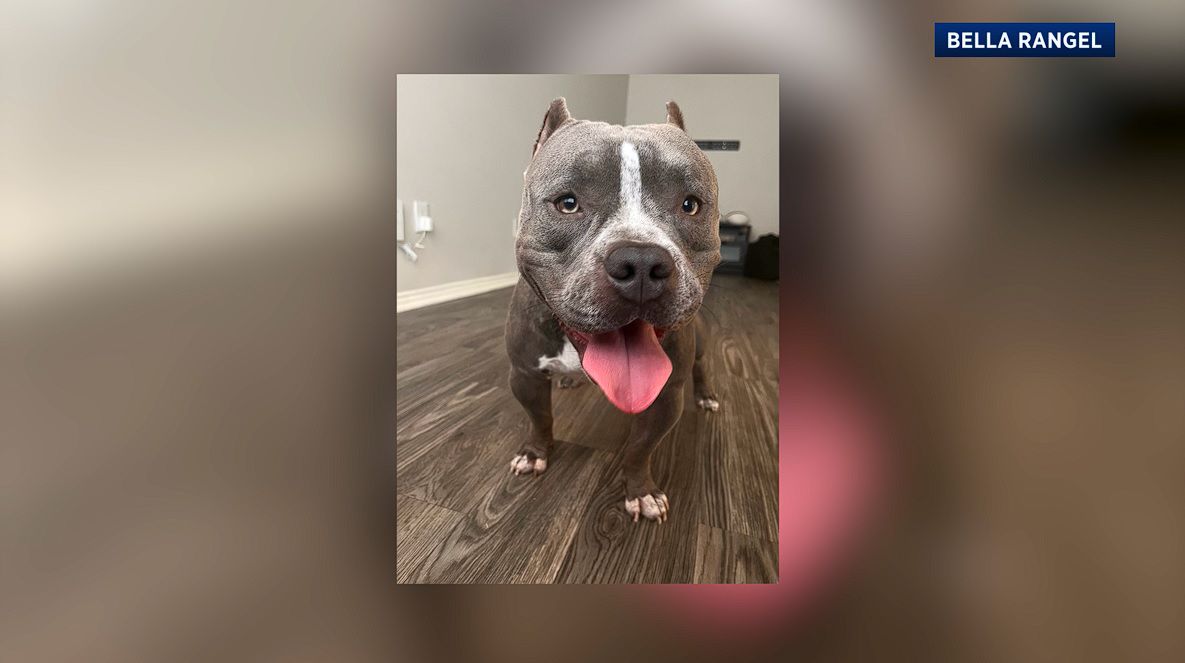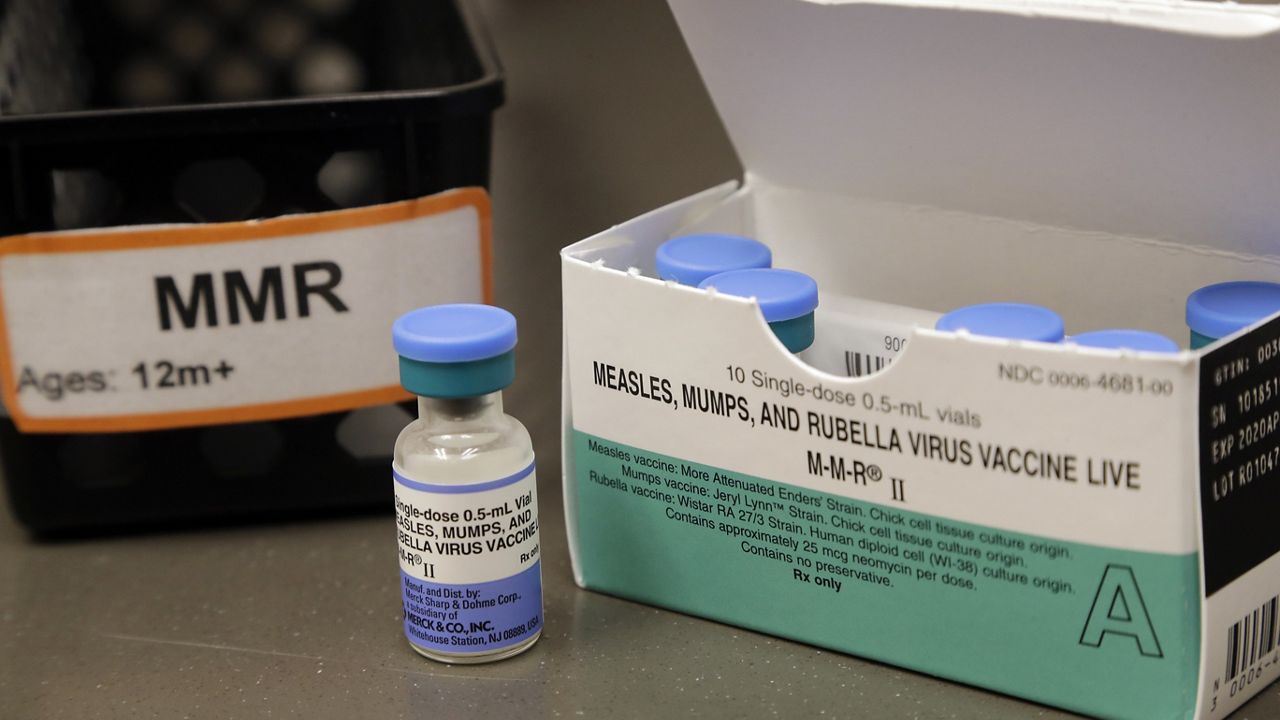AUSTIN, Texas — There’s a certain amount of courage Bella Rangel demonstrates just by continuing her day job.
She’s been building a pet care business for three years and has been working part time at a Central Texas animal shelter for one. Despite the scars covering her arms and legs, she wouldn’t want to be anywhere else.
What You Need To Know
- Bella Rangel, a pet care advocate, was attacked by a client's newly adopted dog while on a routine visit
- The dog was an American Bully that showed no signs of aggression
- Experts say aggression is situational, not the personality trait of any specific breed
- Experts advise verifying medical and behavioral history before bring a new dog home and learning to understand a dog's body language
“About two seconds or a second, I don’t know, of me reaching for the door, he had whipped around and gave me like this very first puncture wound,” Rangel said, pointing towards her right forearm.
Back in August, she was preparing to take a client's dog on a routine walk when the dog, an American Bully, lunged at her arm.
“When I had jumped back, he bit both insides of my thigh,” Rangel said. “I twisted his collar and put him in the bedroom and closed the door.”
Rangel was mauled for 30 minutes until she was able to escape on her own. She suffered nearly 50 puncture wounds, spent five days in the hospital and two more weeks with at-home nurses.
What’s strange to Rangel is not only had she learned to understand dog body language and signals, she also had been walking that specific dog every other day for two weeks prior. As part of her normal routine, she spent 30 minutes cuddling, playing and relaxing with the dog before preparing for the walk.

Rangel says she’s also worked with dogs that have showed signs of aggression at the shelter. The dog that attacked her showed no signs of what was about to happen.
As pet adoptions rise during the holidays and Texas animal shelters continue to struggle with capacity, Rangel chose to talk about what happened to her to raise awareness about the responsibilities of owning a dog.
“If I had just known more information about the dog. It could have been the leash I used,” Rangel said. “It could have been how I was standing for something to bring up an emotion like that towards me or something from his past that made him react the way that he did.”
This is where Rangel says learning a dog's background and history can make a difference.
“The owner, from what I understand, did not have the dog for too long, so the information about his upbringing was unknown to the new owner and then was unknown to me,” Rangel said.
Rangel originally reached out to help the owner because he was looking for someone to walk the dog while he was working long hours. Like many times before, Rangel offered her services and extra supplies to help the dog get accustomed to its new home.
The dog owner confirmed to Spectrum News 1 that he received the dog from a family that tried to use it for breeding purposes. It was given to the owner after the family was planning to leave Texas. The owner says he was trying to obtain breeder information to save the animal from being euthanized but was unsuccessful.
Rangel has a soft spot for Pitbull and Bully breeds, but felt that the dog that attacked her might hurt someone else.
“I cannot support risking someone else’s life for this dog,” Rangel wrote in a GoFundMe post. “Please do not spread hate toward this dog. May he rest in a cloud made of love and treats.”
Lorraine Martinez, Ph.D, is a dog behavior specialist and lover of pit bulls, too.
“There aren’t any specific breeds that are more aggressive than another. Aggression is not a personality trait,” Dr. Martinez said. “What we look for are what are the specific situations in which this dog might show aggression.”
Dr. Martinez leads Loma Behavior and Training in San Antonio. Her team focuses on fear-free or reward-based training. Without knowing much about Rangel’s attack, Martinez says there’s a chance the dog was trained at some point using negative reinforcement or aversives like a shock collar.
“I know in my own personal experience, sometimes the dogs that have a history of e-collar (electric collar) use can be kind of the more unpredictable dogs because that e-collar can accidentally suppress some of the signals that we normally get to tell us this dog's uncomfortable,” Dr. Martinez said.
She adds the dog could also have had a hidden medical issue that made it irritable or agitated. Her advice falls in line with Rangel’s, that if you’re looking to bring a new dog home for the holidays, go into the adoption with a plan and verify the dog's history.
“The important thing is not to just expect this dog is just like any previous dog you might’ve had. This dog has its own experiences and personality and you’re going to be like a detective to see what are the situations that are comfortable for this dog,” Dr. Martinez said.
The owner of the dog that attacked Rangel told Spectrum News 1 she did everything to make the dog comfortable around her, acknowledging that he should have sought a professional trainer upon adopting the dog.
Rangel is slowly getting back to work as she continues physical therapy.
“It’s been my goal to really try to understand, continue working, think about what I can do differently now and what I can show other people,” Rangel said.









